Understanding Injection Molding and Its Importance
Injection molding is a manufacturing process used to create parts by injecting molten material into a mold. This technique is widely regarded in industries requiring mass production, such as automotive, consumer goods, packaging, and even medical devices. As a mold maker for injection molding, understanding the intricacies of this process is crucial for building efficient molds that produce high-quality products.
What is Injection Molding?
Injection molding involves the use of a machine that melts plastic granules which are then injected into a mold. Once cooled, these materials solidify into the desired shape. The process is noted for its capability to produce large volumes of identical components, making it a favored choice among manufacturing industries seeking efficiency and precision.
Key Benefits of Injection Molding
- High Efficiency: Injection molding can produce thousands of parts with minimal operator intervention, leading to lower labor costs.
- Complex Geometries: The process allows for intricate designs that would be difficult or impossible to create with other manufacturing methods.
- Material Variety: A wide range of thermoplastics and thermosetting polymers can be used, offering versatility in product development.
- Scalability: Ideal for large production runs due to the ability to rapidly cycle through production.
Common Applications of Injection Molding
Injection molding is used in a variety of applications, including:
- Automotive components such as panels, dashboards, and bumpers.
- Consumer products like toys, housings, and kitchen utensils.
- Medical devices including syringes and surgical trays.
- Packaging solutions such as containers and caps.
Criteria for Selecting a Mold Maker for Injection Molding
Choosing the right mold maker is critical to the success of your injection molding production. Here are some criteria to consider:
Evaluating Technical Skills and Experience
A mold maker’s technical skills and experience are paramount. Look for a company or individual with a proven track record in producing molds tailored to your specific needs. This includes experience with various materials and complexities of designs, as this directly impacts the quality and performance of the final product.
Assessing Equipment and Technology
The type of machinery and technology a mold maker employs can significantly influence the precision and efficiency of mold production. Advanced CNC machines, EDM (Electrical Discharge Machining), and 3D printing technologies can enhance the mold-making process, making it faster and yielding higher quality results. Ensure that the manufacturer is equipped with the latest technological advancements in the field.
Understanding Material Capabilities
Different applications may require specific materials for molds, such as steel, aluminum, or thermoplastics. A knowledgeable mold maker should be able to guide you through material selection based on factors like durability, cost, and adaptability to your product’s specifications.
Top Mold Maker Techniques for Quality Production
Quality in mold making is achieved through meticulous techniques and methodologies. Here are key practices that elevate the standards of mold production:
Standard Machining vs. Electrical Discharge Machining
Standard machining involves cutting, shaping, and finishing metal components to create molds. While this method can be effective, Electrical Discharge Machining (EDM) offers distinct advantages, especially for intricate designs with tight tolerances. EDM utilizes electrical discharges to machine hard metals, achieving finer detail and superior surface finishes than traditional methods.
Importance of Quality Control in Mold Making
Quality control (QC) should be an integral part of the mold-making process. Implementing rigorous QC measures—such as inspection checks using Coordinate Measuring Machines (CMM)—ensures that molds meet specific parameters and can function optimally during the injection molding process. A commitment to QC can drastically reduce the risk of defects and enhance product reliability.
Utilizing Advanced Design Software
Modern mold makers leverage design software such as CAD (Computer-Aided Design) and CAM (Computer-Aided Manufacturing) to create detailed and precise mold designs. Such software not only facilitates efficient design iterations but also enhances communication between the mold maker and customer, making for better outcomes in the production process.
Cost Factors for Hiring a Mold Maker for Injection Molding
Understanding the economic aspects of hiring a mold maker is vital. Here’s a breakdown of the primary cost factors:
Estimating Mold Production Costs
The costs associated with mold production can vary significantly based on complexity and material choice. Simple molds may cost a few thousand dollars, while complex, multi-cavity molds could exceed $50,000. An accurate estimate should include design, material, machining, and assembly costs.
Understanding Pricing Models in the Industry
Mold makers often utilize different pricing models. Some may charge fixed rates based on the mold type – others may adopt hourly rates for design and production time. Understanding these models will help you budget accurately and negotiate effectively for mold-making services.
Value of Investment in Quality Molds
While investing in higher-quality molds may come with a larger initial cost, the long-term benefits typically justify the expense. Quality molds enhance production efficiency, reduce downtime, and minimize waste, ultimately leading to a stronger return on investment (ROI).
Future Trends in Mold Making for Injection Molding
The future of mold making is evolving, driven by technological advancements and changing market demands. Here are some notable trends:
Emerging Technologies and Methods
The integration of additive manufacturing techniques, such as 3D printing, is revolutionizing how molds are produced. This technology allows for rapid prototyping, which speeds up the design process and enables custom solutions that cater to niche markets.
Sustainability Practices in Mold Making
As environmental concerns continue to grow, mold makers are adopting sustainable practices, such as using recyclable materials and optimizing production processes to reduce energy consumption. Increasingly, companies that prioritize sustainability in mold making can gain competitive advantages in eco-aware markets.
The Role of 3D Printing in Custom Mold Production
3D printing is becoming integral to creating complex molds quickly and efficiently. This technology allows mold makers to produce molds in smaller batches or custom designs without the need for extensive tooling, significantly reducing both time and costs associated with traditional mold-making processes.
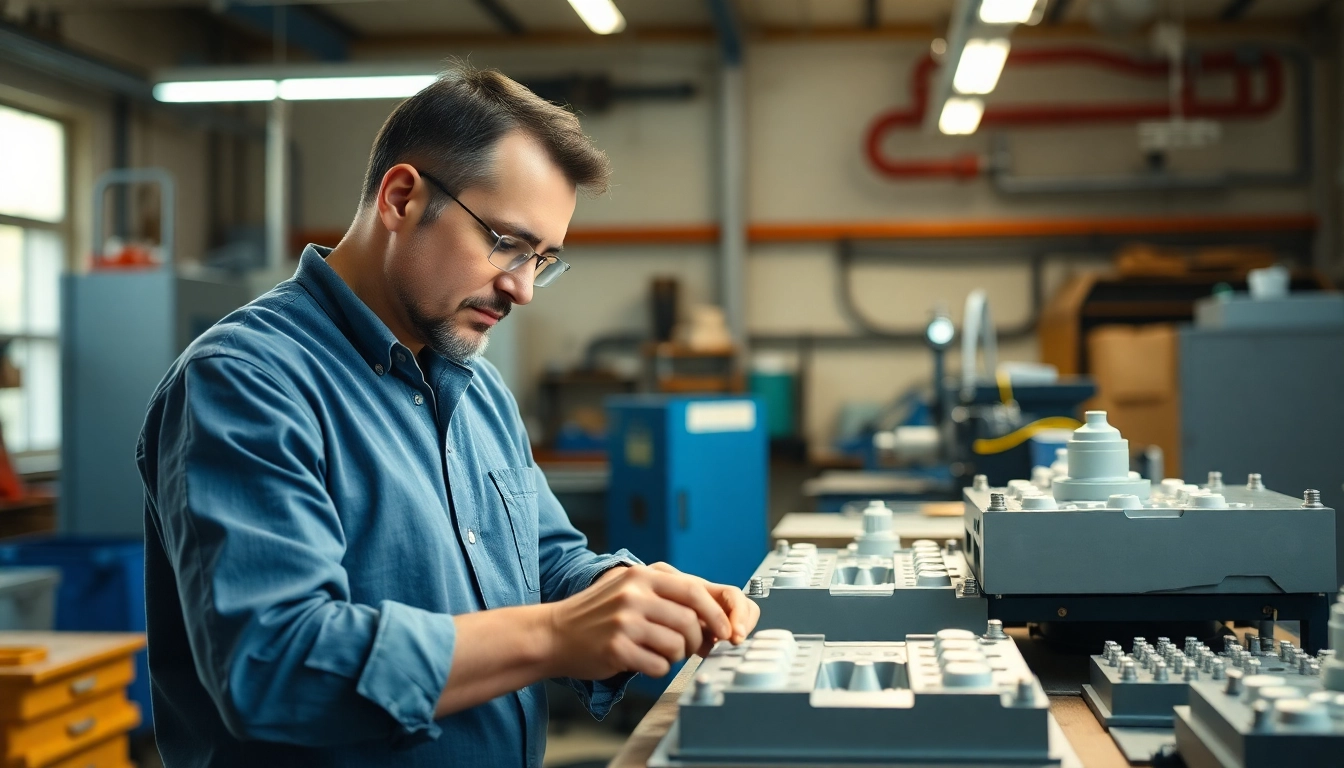
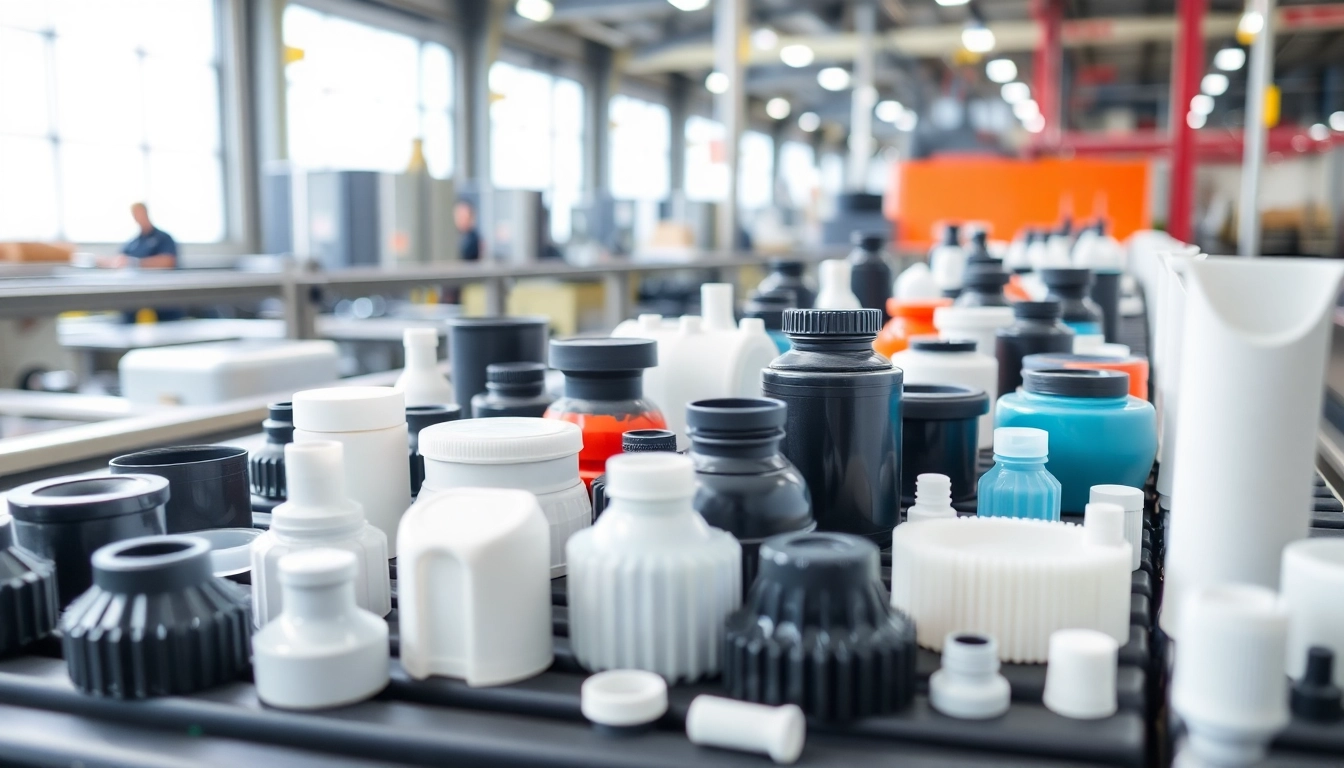
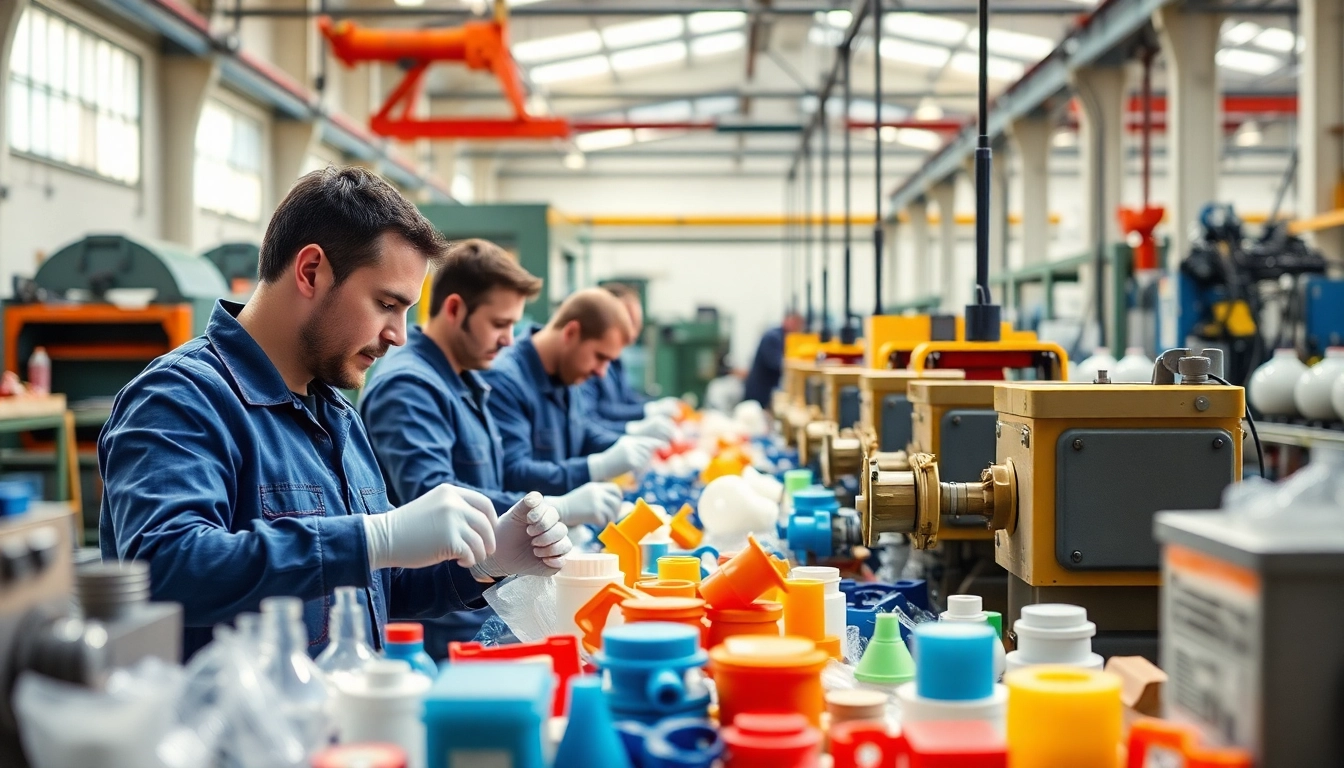
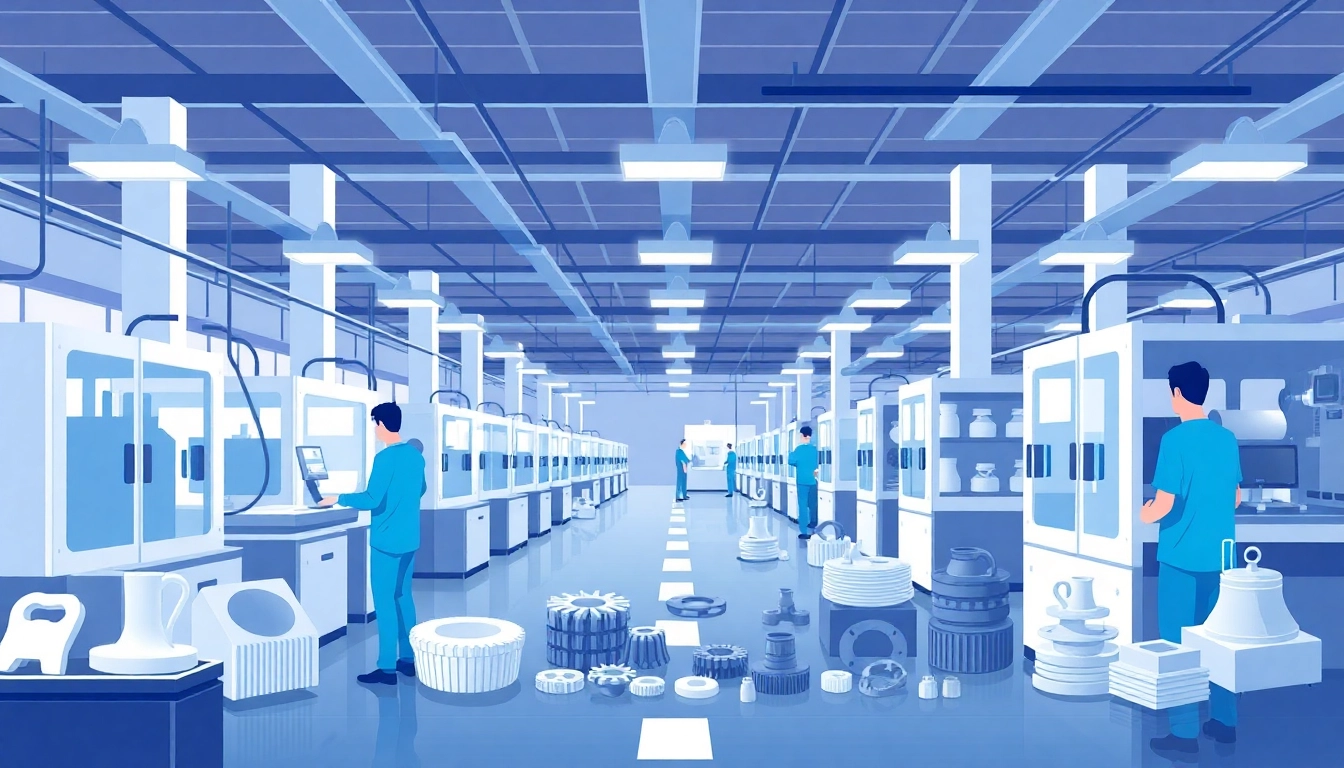
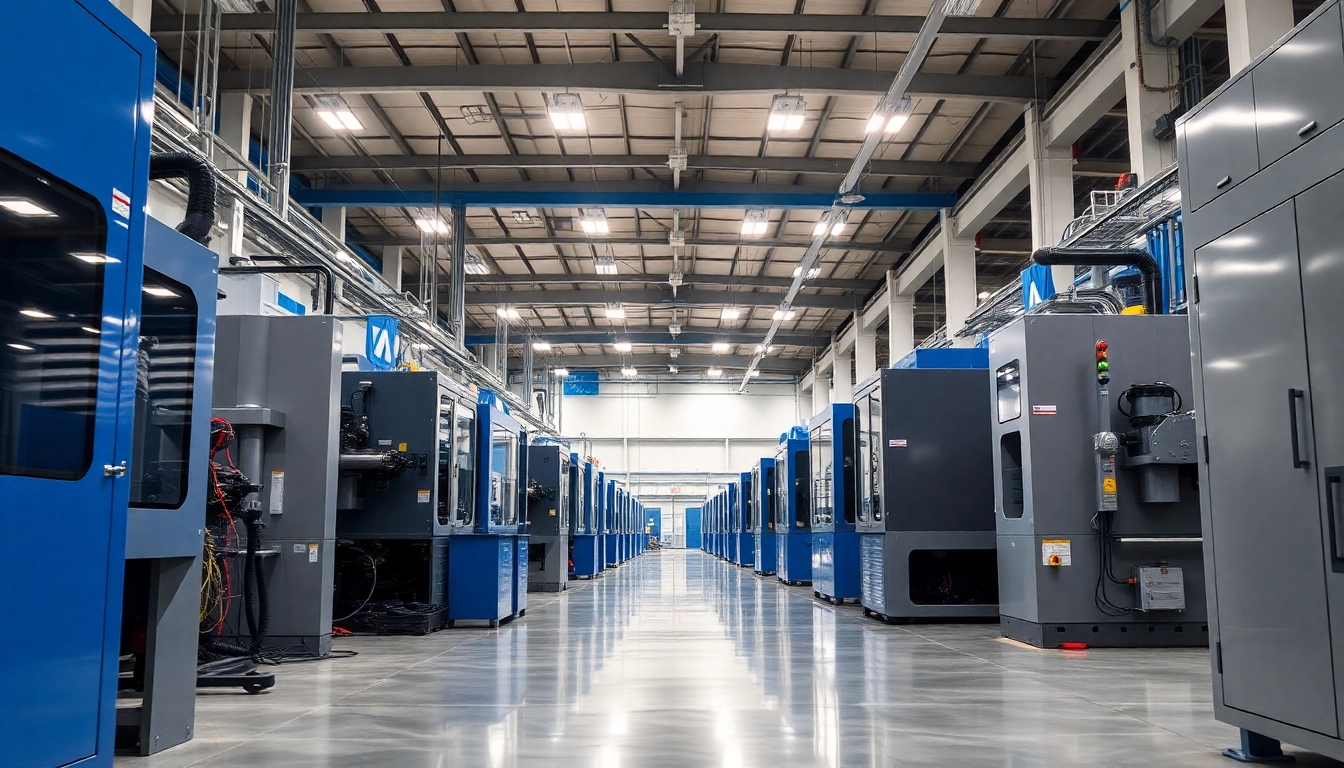
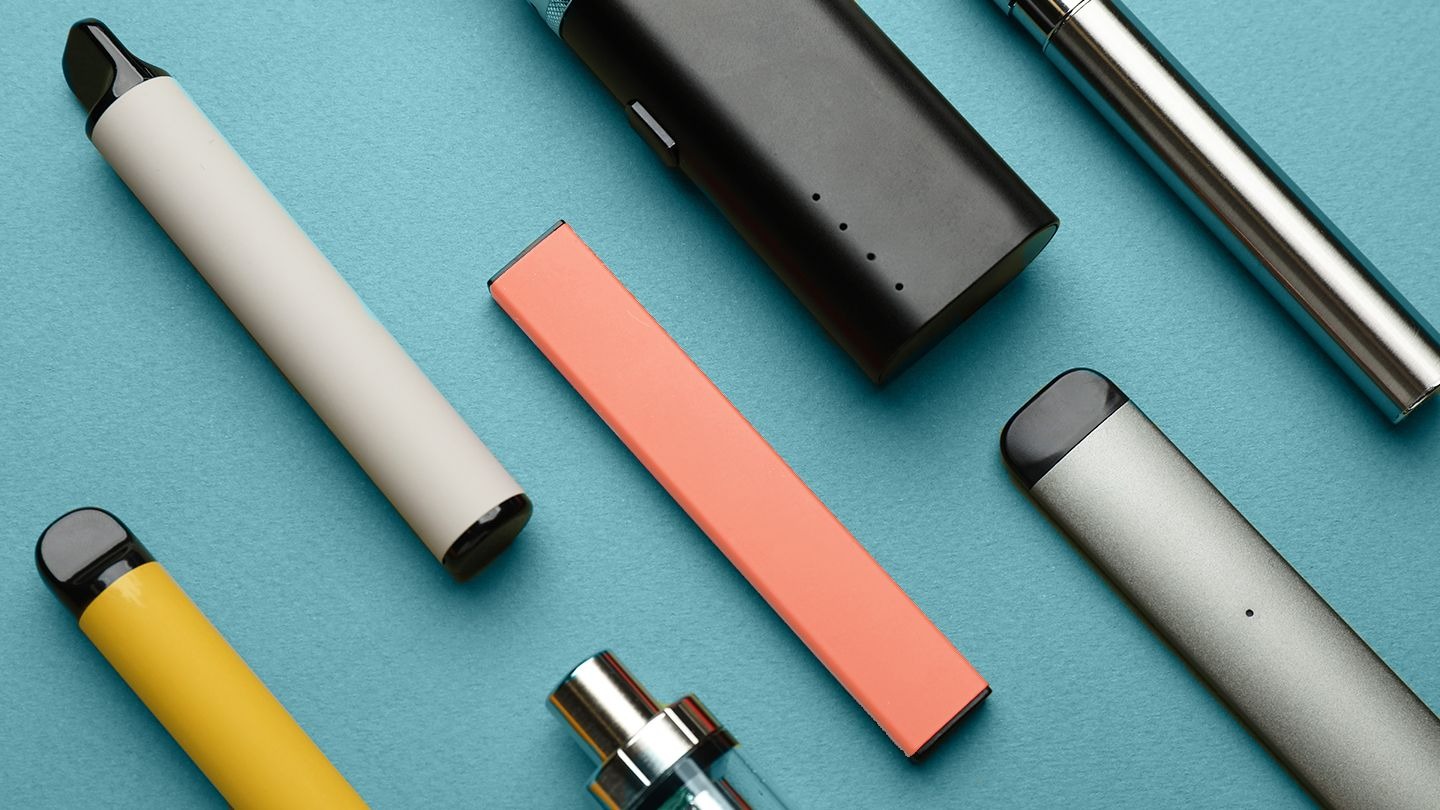



Leave a Reply